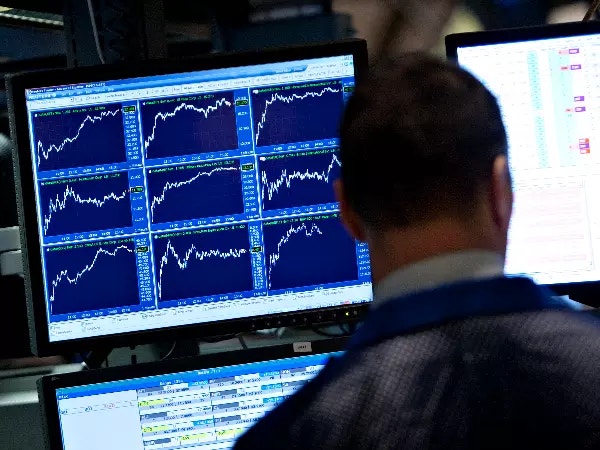How to trade using the doji candlestick pattern
Popularly known as the ‘doji candle’, the doji candlestick chart pattern is one of the most unique formations in the world of trading. Learn more about this pattern and find out how you can trade when you recognize it.

What is the doji candlestick chart pattern?
The doji candlestick chart pattern is a formation that occurs when a market’s open price and close price are almost exactly the same. There are different variations of the pattern, namely the common doji, gravestone doji, dragonfly doji and long-legged doji.
The vertical line of the doji pattern is called the wick, while the horizontal line is the body. The wick can vary in length, as the top represents the highest price, and the bottom represents the low. The body represents the difference between the opening and closing price. This element can vary in height, but not in width.
.webp)
How is a doji candlestick formed?
The upward and downward movements that happen between open and close form the wick. The body is formed when the price closes at more or less the same level as it opened.
What does a doji tell traders?
When looked at in isolation, a doji tells traders that neither buyers or sellers are gaining – it’s a sign of indecision, or neutrality. Some traders believe that the doji indicates an upcoming price reversal when viewed alongside other candlestick patterns, but this may not always be the case . It could be a sign that buyers or sellers are gaining momentum for a continuation trend.
It’s important to remember that the doji candlestick does not provide as much information as one would need to make a decision. Before acting on any signals, including the doji candlestick chart pattern, always consider other patterns and indicators, and make sure you stick to your trading plan and risk management strategy.
How to trade when you see the doji candlestick pattern
There are many ways to trade when you see the doji candlestick pattern. First, look for signals that complement what the doji pattern is suggesting. Most traders use momentum indicators to confirm the possibility of a doji signaling reversal, because these indicators can help to determine the strength of a trend.
For example, if you think that a common doji at the bottom of a downtrend means possible reversal, you can test the bullish bias using the stochastic oscillator. This indicator follows the speed and momentum of the market over a specific timeframe, predicting price movements. If the signal is confirmed, you may want to go long (buy).
Doji candlestick pattern summed up
- The doji candlestick chart pattern occurs when a market’s open price and close price are almost exactly the same – it is a sign of indecision and neutrality
- The four variations of the doji pattern include the common doji, gravestone doji, dragonfly doji and long-legged doji
- A doji candlestick forms when the market opens and bullish traders push prices up while bearish traders push it back down, or vice versa
- One of the limitations of the doji candlestick pattern relates to the amount of price information it provides
- When you spot the doji candlestick chart pattern, you can trade using derivatives such as CFDs or spread bets
- With derivatives, you can go long or short because you do not own the underlying asset
Ready to start trading? You can open a live tastyfx account in just a few minutes. Alternatively, sign up for a demo account and practice your trades with free virtual funds.
This information has been prepared by tastyfx, a trading name of tastyfx LLC. This material does not contain a record of our trading prices, or an offer of, or solicitation for, a transaction in any financial instrument. You should not treat any opinion expressed in this material as a specific inducement to make any investment or follow any strategy, but only as an expression of opinion. This material does not consider your investment objectives, financial situation or needs and is not intended as recommendations appropriate for you. No representation or warranty is given as to the accuracy or completeness of the above information. tastyfx accepts no responsibility for any use that may be made of these comments and for any consequences that result. See our Summary Conflicts Policy, available on our website.
